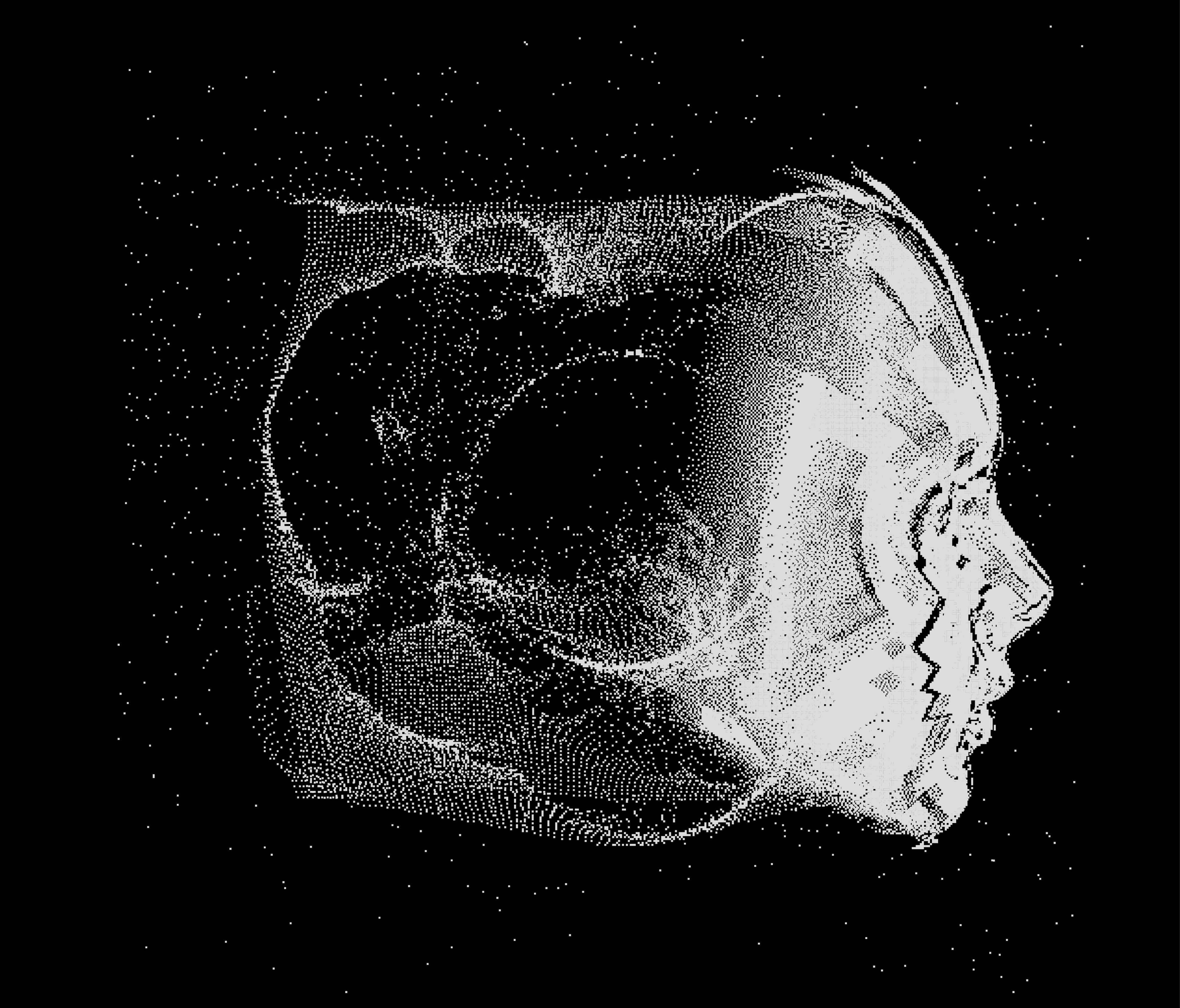UNESCO Preserves the Works of One of the Greatest Minds in Human History

The UNESCO International Memory of the World Register has recently added another batch of genius to its collection of documents: the papers, diaries, books, and notes of Sir Isaac Newton, thereby helping to preserve for all time the works of one of the greatest minds in human history.
Wait, who added what?
The UNESCO Memory of the World Program is a programmed dedicated to the preservation of and access to the documentary heritage of the world. The program has existed since 1992 and has discovered, preserved, and exhibited countess documents of vital importance to the heritage of mankind since then, including the papers of Winston Churchill, the telegram Austria-Hungary sent to declare war on Serbia, and The Wizard of Oz.
So, why add Newton’s stuff?
Isaac Newton discovered and formulated the law of gravity, the classical laws of motion, the nature of color and optics, and invented calculus in his spare time. He invented the reflecting telescope, determined why the planets don’t move in perfect circles, and he later went on to invent the little indentations around the side of coins when he was the master of the mint for Great Britain. His contributions to science are nearly impossible to overstate.
And don’t take my word for it; Dr. Neil DeGrasse Tyson explains here why Newton is the greatest physicist of all time.
What documents of his did they add to the register?
This round of additions included the Cambridge Papers, a grand collection of Newton’s works. This includes his ‘Laboratory Notebook’ where he recorded the results of sticking a pin in his eye to induce color images (it didn’t quite work), his record of personal expenditures (he lost a bit of money at cards), and his personally annotated copy of Philosophiæ Naturalis Principia Mathematica (1687), one of the most important works in the history of science. Reading his handwritten notes, you can see the evolution of his understanding of physics from the first edition of his groundbreaking work and compare them to the changes he made in the second and third editions of Principia.
Amusingly, a list of the sins that he committed before and after Whitsunday in 1662 was also included. He seemed to have had a habit of doing things he should not, and then lying about it. He lists the sin of gluttony twice in a row, proving that geniuses are not so different from us after all.

His first thoughts were to pie, not gravity.
The work of Isaac Newton changed how humanity understood the universe. From his determining that white light was composed of all colors and that motion is unrelated to material, to inventing calculus in a “waste book” for the sake of his own curiosity, the way his mind worked awes us. Alexander Pope was not far off when he quipped that, “Nature and Nature’s laws lay hid in night: God said, ‘Let Newton be!’ and all was light.”
Brush up on Newton’s Laws of Motion with Crash Course:





